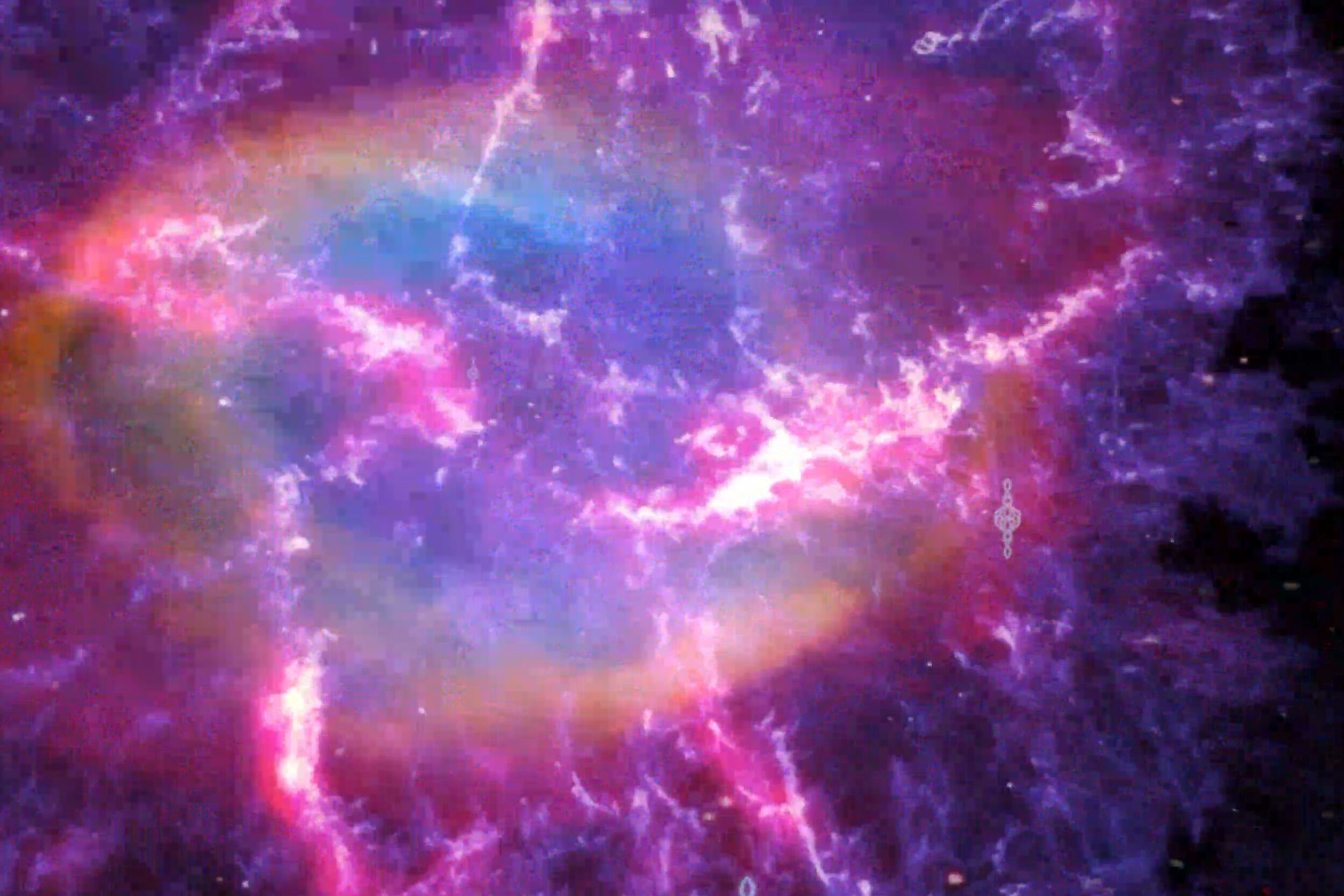Telematic Media Arts
presents
wwwunderkammer
An Evolving Show of New Work in XR
by Carla Gannis / C.A.R.L.A. G.A.N.
with original music by R. Luke DuBois
March 14th – October 8th, 2020
COVID!!!
Visit the wwwunderkammer in Social VR!
The Lobby
https://hubs.mozilla.com/sFFtxXV/wwwunderkammer-lobby
Main Hall
https://hubs.mozilla.com/b59bLGS/wwwunderkammer-main-gallery
Video Game Cabinet Castle:
https://hubs.mozilla.com/gYTejrW/scene-02-game-cabinet-castle
Telematic’s Gallery:
https://hubs.mozilla.com/ZromXuJ/scene-01-telematic
Statement
Cabinets of curiosity emerged in 16th – Century Europe as whole rooms – repositories – filled with art and antiques, natural specimens, scientific instruments, and exotica collected from the far reaches of the globe. As precursors to modern museums, these wunderkammeren – translated literally as “wonder chambers” – were pedagogical in purpose, designed to reflect the erudition of collectors as much as their wealth and accomplishments, but they also aimed to provoke audiences’ imaginations, presenting artistic depictions of myths alongside natural objects, and frequently confusing science with superstition in their speculative reconstruction of the “theater of the world.”
In her exhibition at Telematic, wwwunderkammer, Brooklyn-based artist, Carla Gannis appeals to the cabinet of curiosities to explore the boundaries between grounded reality and virtual reality, nature and artifice, science and science-fiction in contemporary networked culture and society. The show is organized in layers of virtuality. The gallery itself provides an initial liminal space, already set apart from the everyday, where Gannis presents a collection of physical objects, drawings, trompe-l’oielle paintings, google maps, 3D-prints, and other digitally manipulated objects, depicting animal and plant life (recently discovered biological organisms along with contemporary, artificially crafted ones), humanoid robots, and imagined landscapes. Augmented reality software, on an accompanying digital tablet, adds a further degree of virtuality to Gannis’ installation, by animating these creatures and characters, and by providing them with histories, mythologies, and other speculative explanations. Finally, virtual reality goggles fully immerse audiences in a digital reconstruction of the gallery itself, which opens onto a whole universe of “cabinets,” populated with animated avatars, developed through Gannis’ “After Arcimboldo” series, through a combination of mannerist painting and the popular networked language of Emoji. Gannis’ characters present a pantheon for the 21st Century – figures of the seven virtues and seven sins for a decolonized, post-human, feminist future – and, in this work, they act as trickster guides through the virtual world.
Among other sources, Gannis’ artwork is also inspired by Margaret Cavendish’s book, The Blazing World (1666), the first science-fiction novel written by a woman. Cavendish conceived of art as a way to construct private symbolic spaces – worlds of one’s own – and she saw speculative fiction, in particular, as a way to imagine a future with more fluid gender identities, when women would not be burdened by the constraints of the time. Through her cabinet of curiosities, Gannis similarly cultivates the transformative potential in speculative invention, revealing the uncanny underdetermination of the world in her virtual realities, while conversely calling attention to the virtual – as culture, fantasy, and ideology, as much as technology – already at work in the everyday.
Artist Bio
Carla Gannis is an interdisciplinary artist based in Brooklyn, New York, who works as Industry Professor at NYU in the Integrated Digital Media Program in the Department of Technology, Culture and Society. Gannis produces virtual and physical works that are darkly comical in their contemplation of human, earthly and cosmological conditions. Fascinated by digital semiotics and the lineage of hybrid identity, Gannis takes a horror vacui approach to her artistic practice, drawing inspiration from networked communication, art and literary history, emerging technologies and speculative fiction.
Gannis' work has appeared in exhibitions, screenings and internet projects across the globe. Recent projects include "Portraits in Landscape," Midnight Moment, Times Square Arts, NY and "Sunrise/Sunset," Whitney Museum of American Art, Artport. A regular lecturer on art, innovation and society, in March 2019 Gann is was a speaker at the SXSW Interactive Festival on the panel "Human Presence and Humor Make Us Better Storytellers." Publications that have featured Gannis' work include The Creators Project, Wired, FastCo, Hyperallergic, The Wall Street Journal, The New York Times, El Pafs and The LA Times, among others. In 2015 her speculative fiction was included in DEVOURING THE GREEN:: fear of a human planet: a cyborg / eco poetry anthology, published by Jaded Ibis Press. (see: www.carlagannis.com)
AI Platform:
Playform (artificial intelligence/machine learning)
Carla Gannis Studio Acknowledgements:
Janine Kelly (studio manager)
Indira Ardolic (VR/AR design and development)
Noth Liu (VR/AR research and production)
Calvin Lee (VR/AR research and production)
Tess Adams (production assistance)
Zoe Adams (production assistance)



















